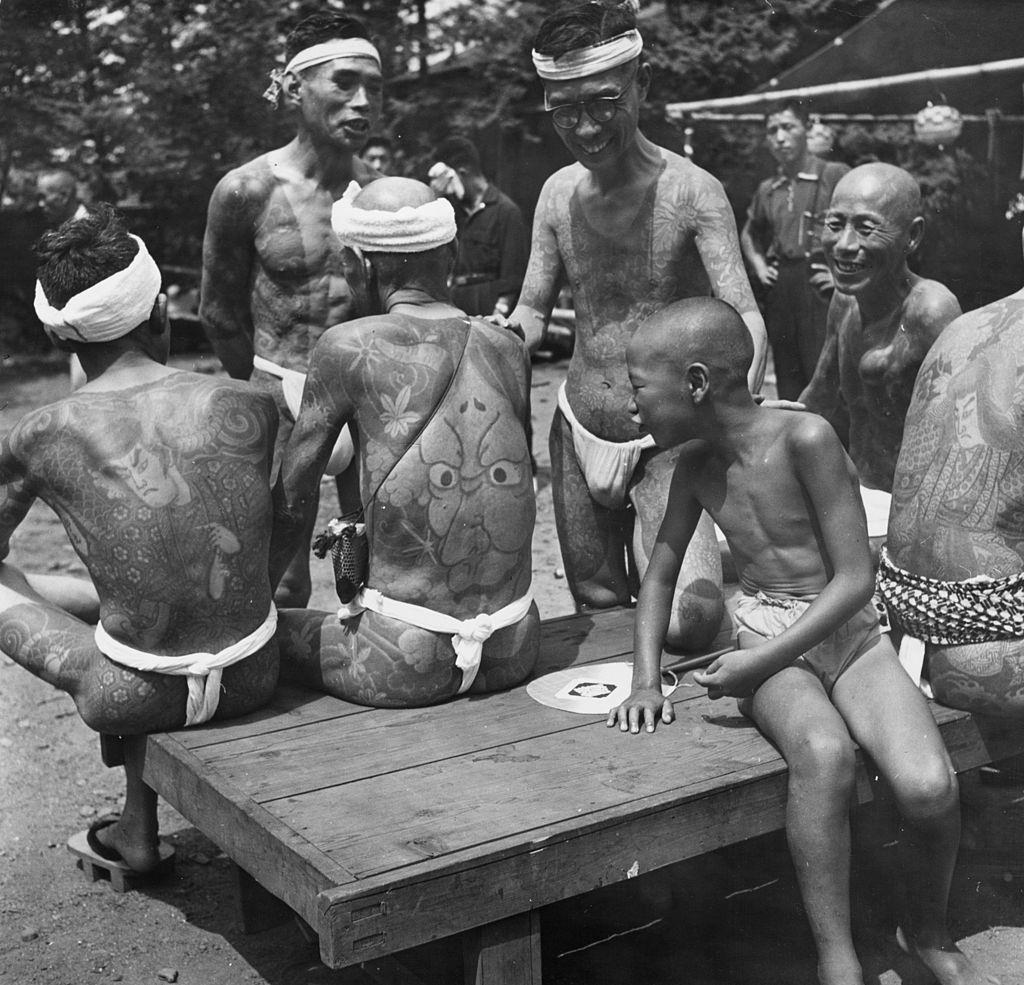Tattoos have an interesting history in Japan. It dates back to 300 A.D., when Japanese men tattooed their faces and bodies, and it was considered as a cultural norm of society.
The early history of Tattoos during the Kofun Period
During the Kofun period, the tattoo became a symbol of criminals. In this era, criminals and murderers would tattoo their bodies similar to the Roman Empire, where salves were marked with descriptive phrases that defined their crimes. Japan took the same approach in 720 A.D. when tattoos were being used to punish the criminals explicitly. People bearing tattoos were isolated from their families and were rejected by society as a whole.
Tattoos during the Edo period (1603-1868)
Tattoos started to gain popularity during the Edo period, through the Chinese novel Suikoden, which depicted tattoos as a heroic culture. This novel inspired Japanese people and reshaped their thinking. This practice eventually into what we know today as’ irezumi’ or Japanese tattooing. The woodblock artists shifted their profession from woodblock printing to tattooing. During the Edo era, wealthy merchants were prohibited from wearing jewelry, so instead, they showcased their wealth with tattoos.
Tattoos during the Meiji era (1868-1912)
In 1872, a nationwide ban on tattoos was imposed during the Meiji era. It was the time when Western powers were colonizing large parts of Asia. Japan was far behind them and lacked modern technologies such as telegraphs, weapons, transportation, and steam power engines. To appear more civilized and dominant, the government imposed a ban on tattoos, with further prohibitions in the following years.
Especially in the areas where merchants and other foreigners came to stay: in the north, Hokkaido, and Okinawa to the south. Here Anti-tattooing ordinances were designed both to demonstrate to Western powers that these people were under Japanese rule and to homogenize them into the Japanese Empire. In Okinawa, tattooing was primarily a female custom. All adult women bore hand tattoos called hajichi that were made from awamori alcohol and ink. Tokyo also prohibited tattooing on the islands in 1899. Several women were arrested for breaking the ban.
Prohibition On Tattoos was lifted in 1948
The prohibition on tattoos was lifted in 1948 by U.S. occupation forces. Japanese tattoo artists started gaining acclaim in the west. Although tattoos have gained popularity among the youth of Japan due to Western influence, there is still a stigma on them among the consensus. Yamamoto once said, “Japanese people have forgotten their tattoo history.”
#1 Japanese Sedan Chair, A woman sits in a sedan chair placed to rest by two tattoed bearers, 1865
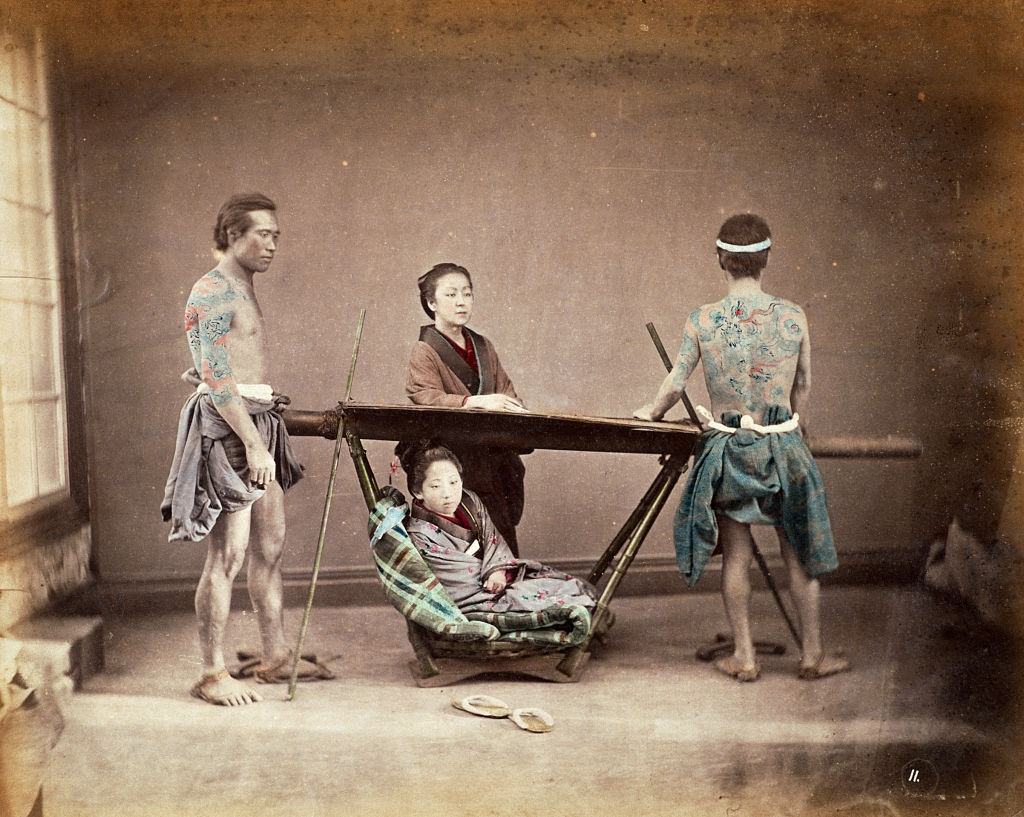
#2 Japanese tattooed “bettoes” (horse grooms), 1870s
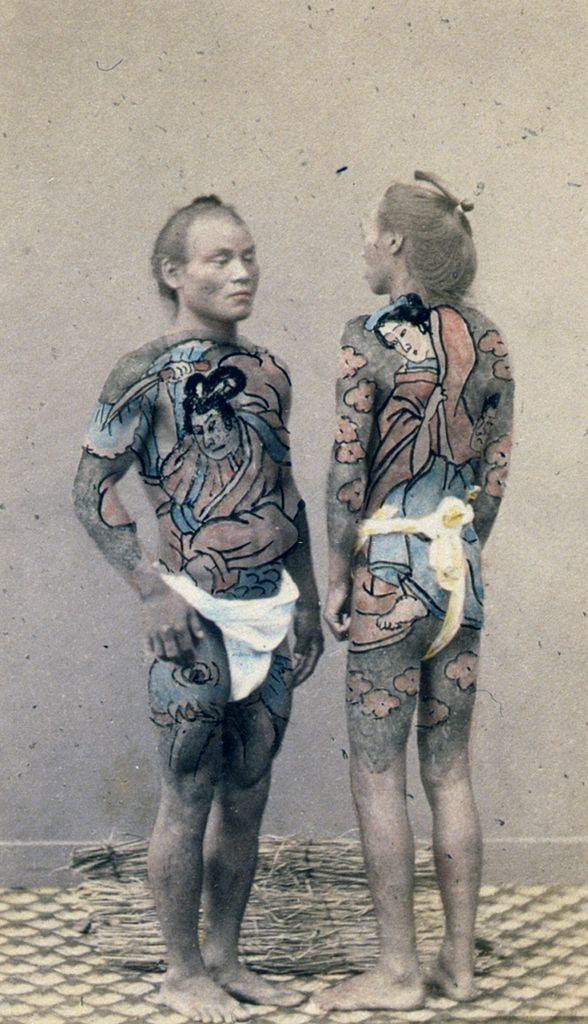
#3 Tattooed Japanese Groom or Betto, Hand Colored Albumen Photograph, circa 1870
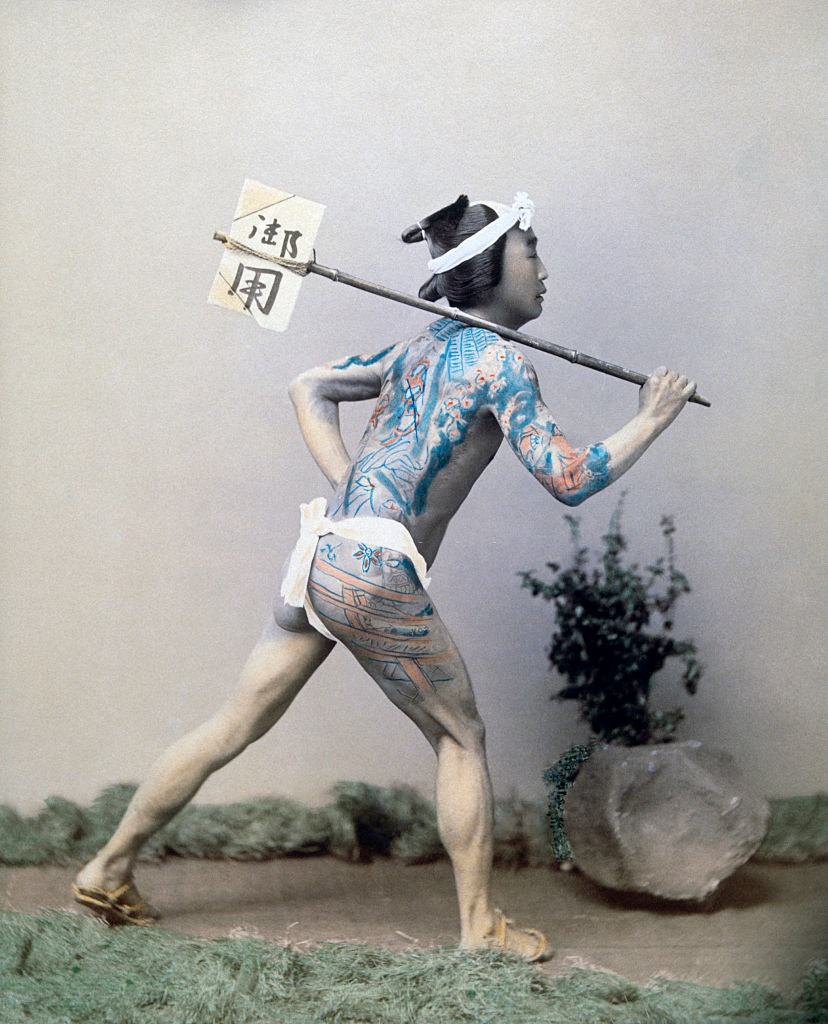
#4 A Japanese man with back completely covered by tattoos, 1880
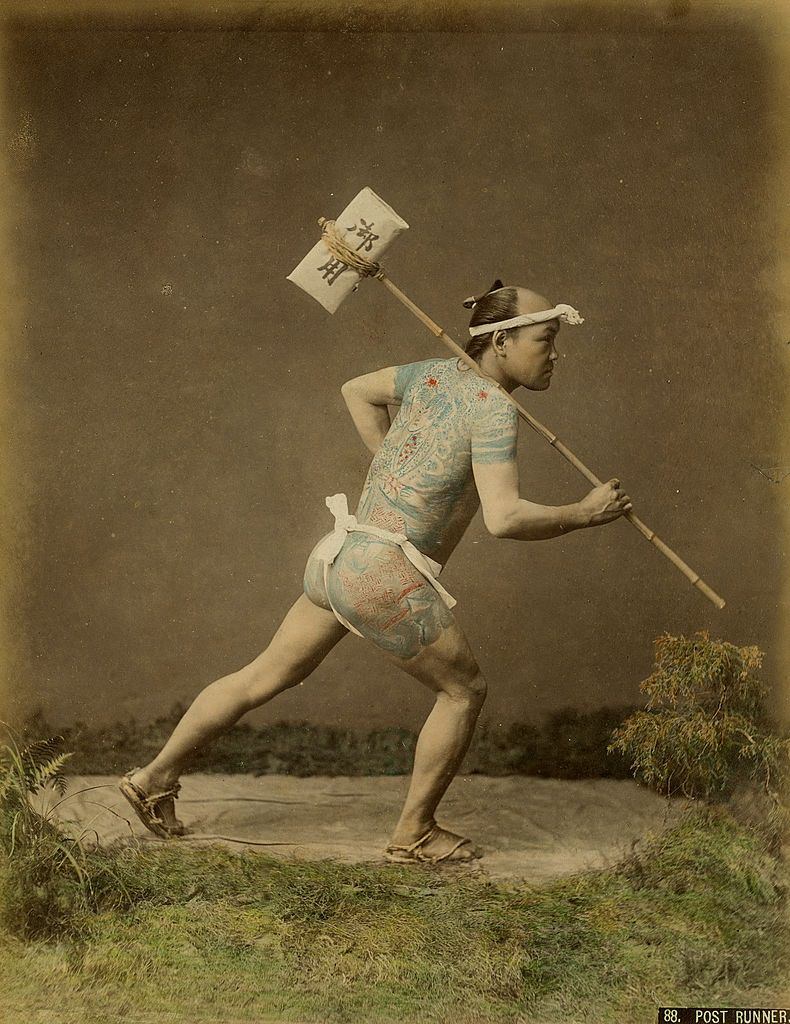
#5 A young Japanese woman displays her tattoos, circa 1880
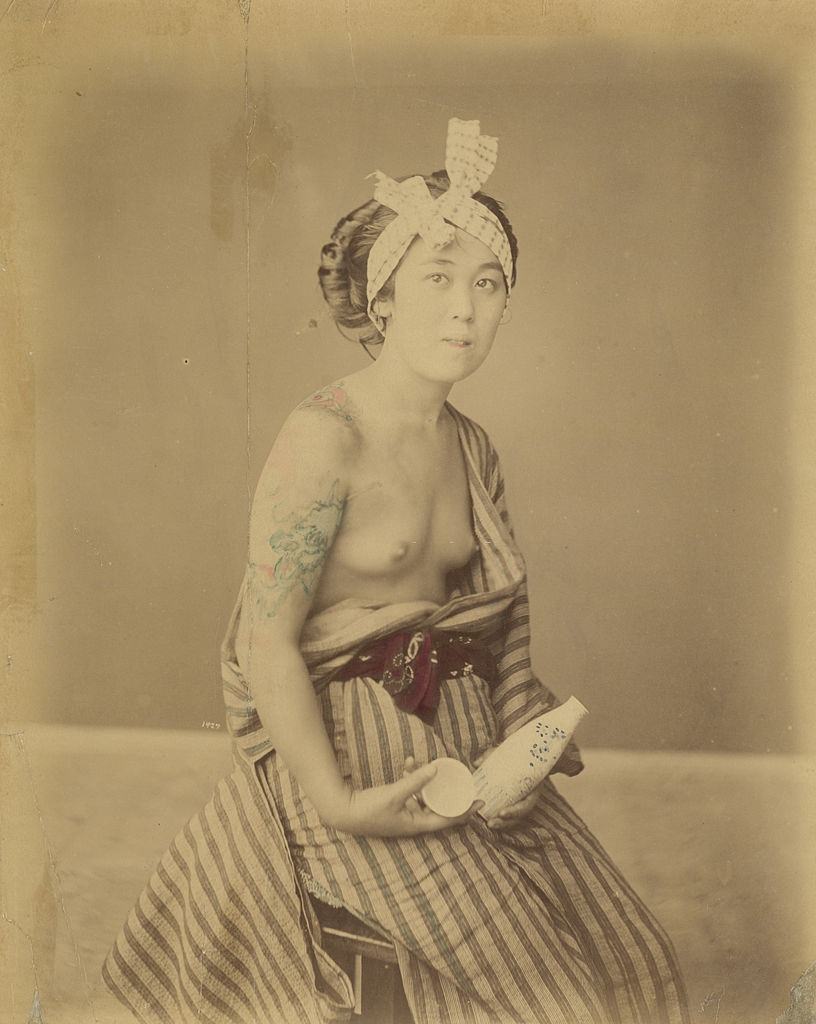
#6 Japanese Tattoo man tattooing himself, 1880s
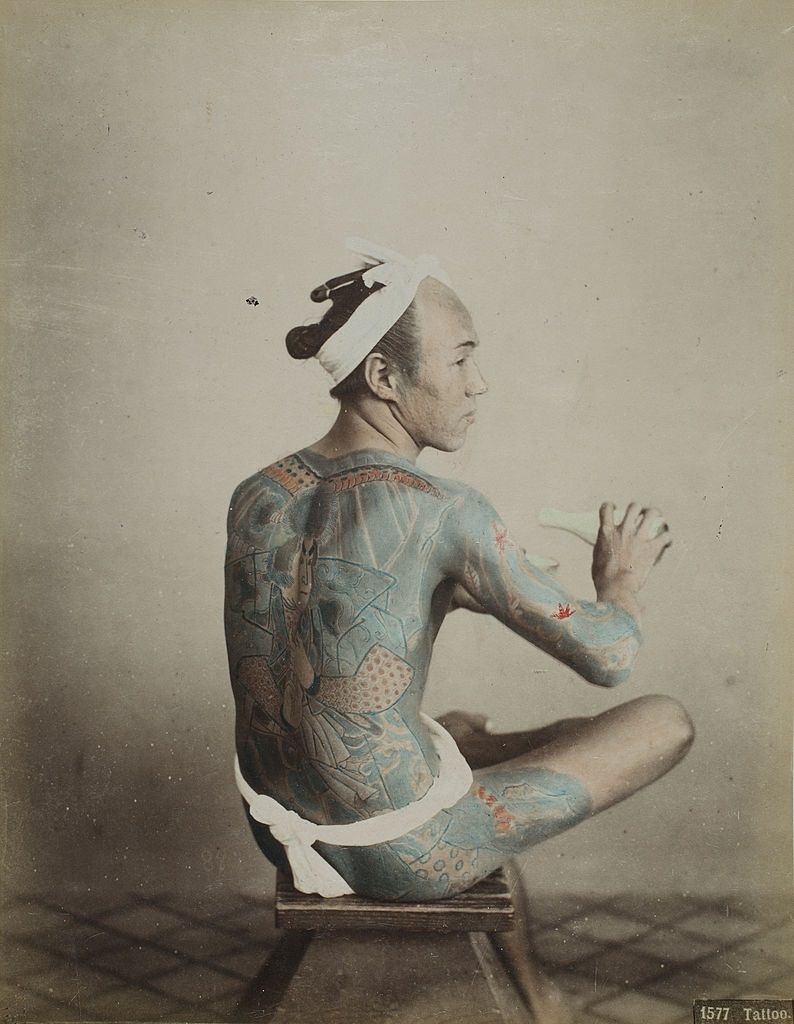
#7 Japanese man with back tattoo Photographed by Felice Beato, 1880s
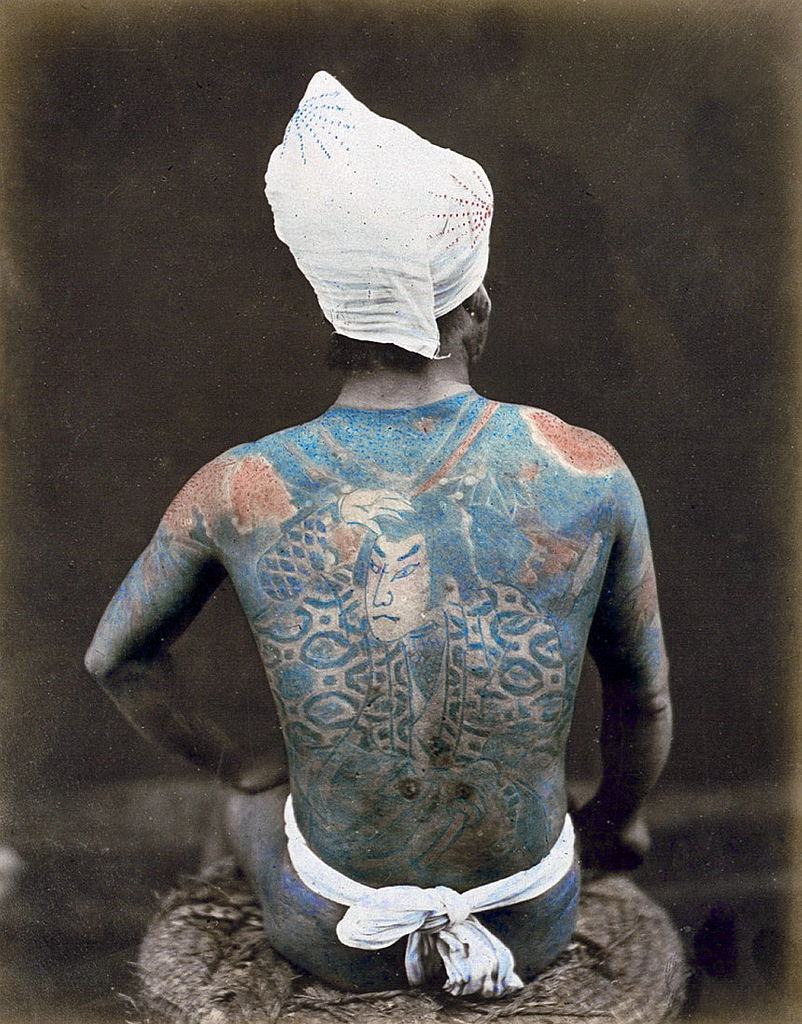
#8 Tattooed Japanese groom (betto), Japan, 1882
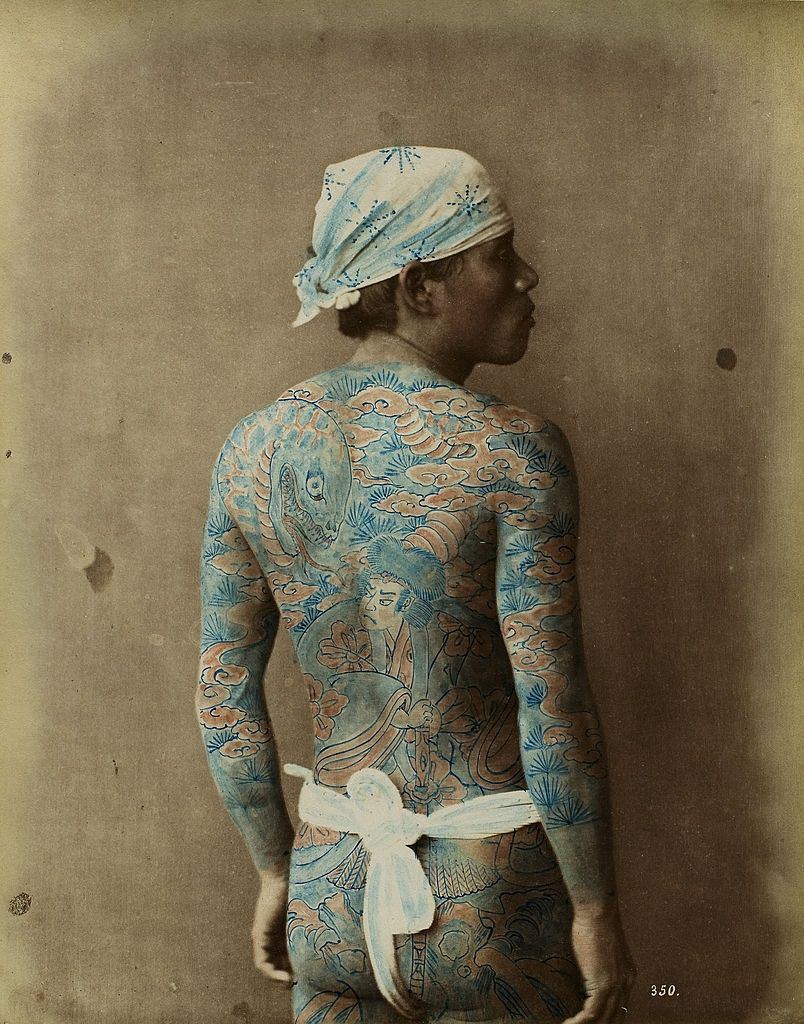
#9 The body of a young Japanese completely covered in tattoos, 1890
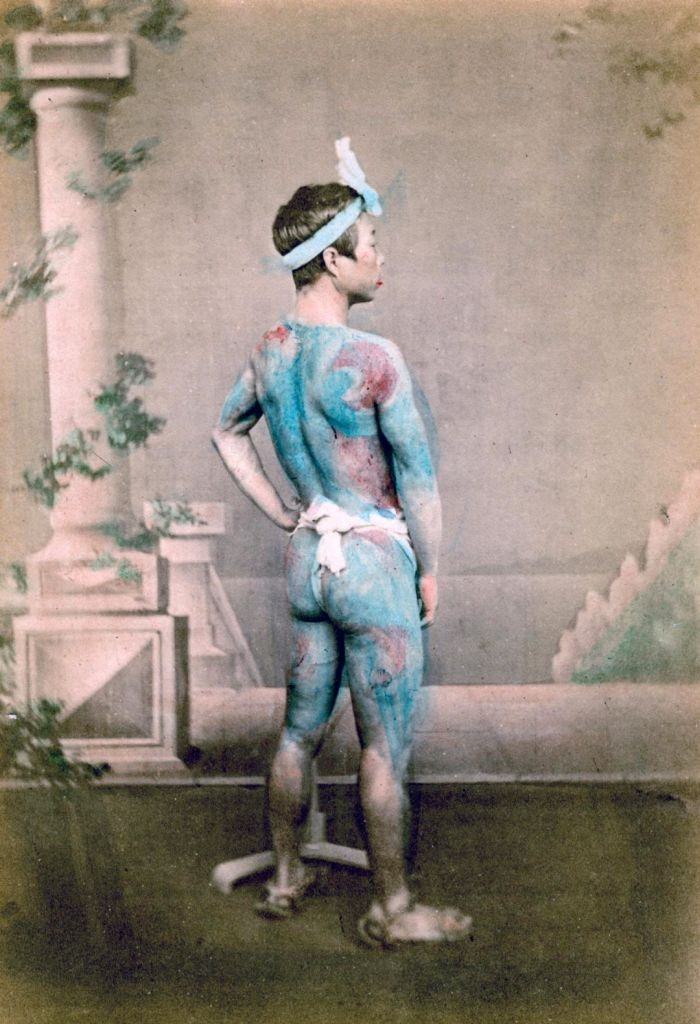
#10 Japanese warrior or Samurai with body tattoos, 1885
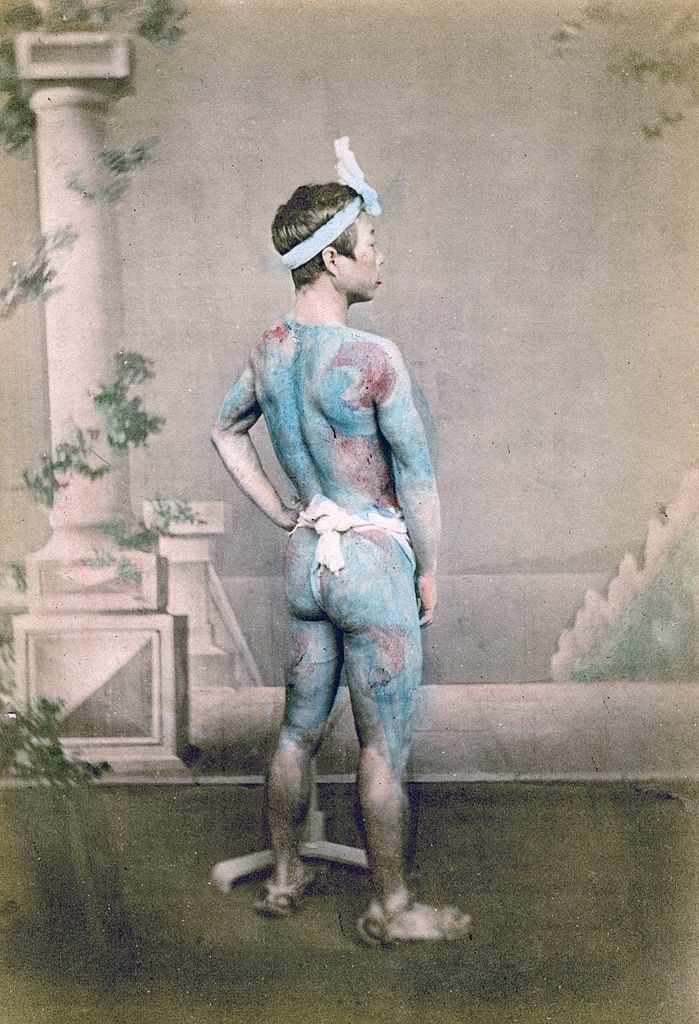
#11 Japanese Samurai warrior with tattoos, 1890
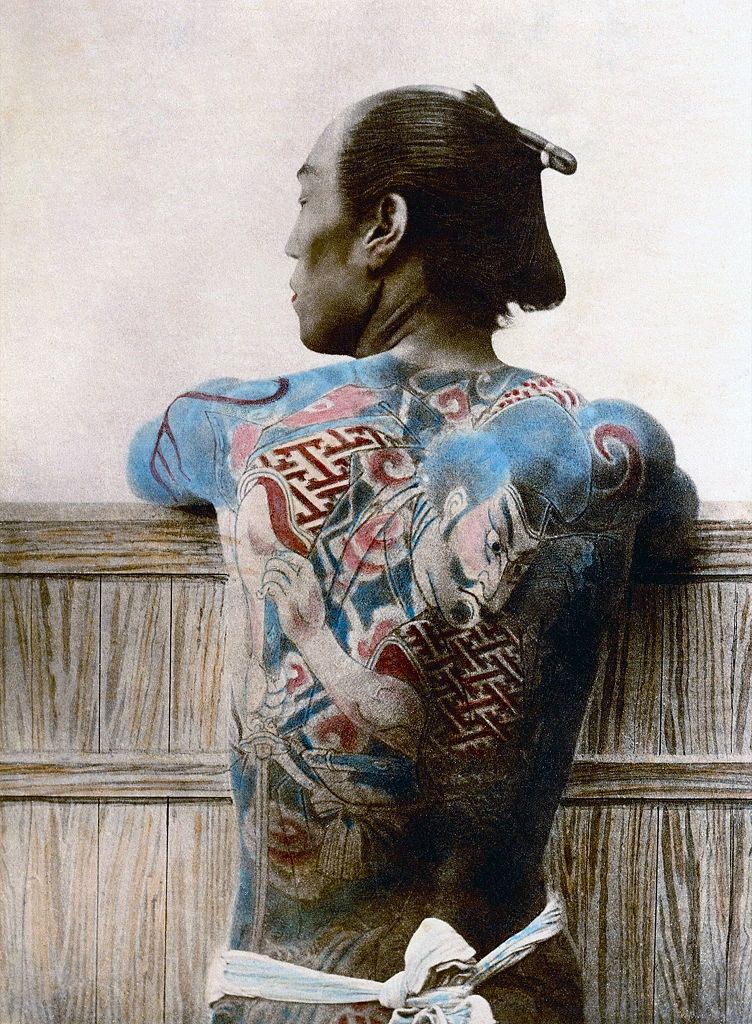
#12 Japanese Tattooed man, 1890s
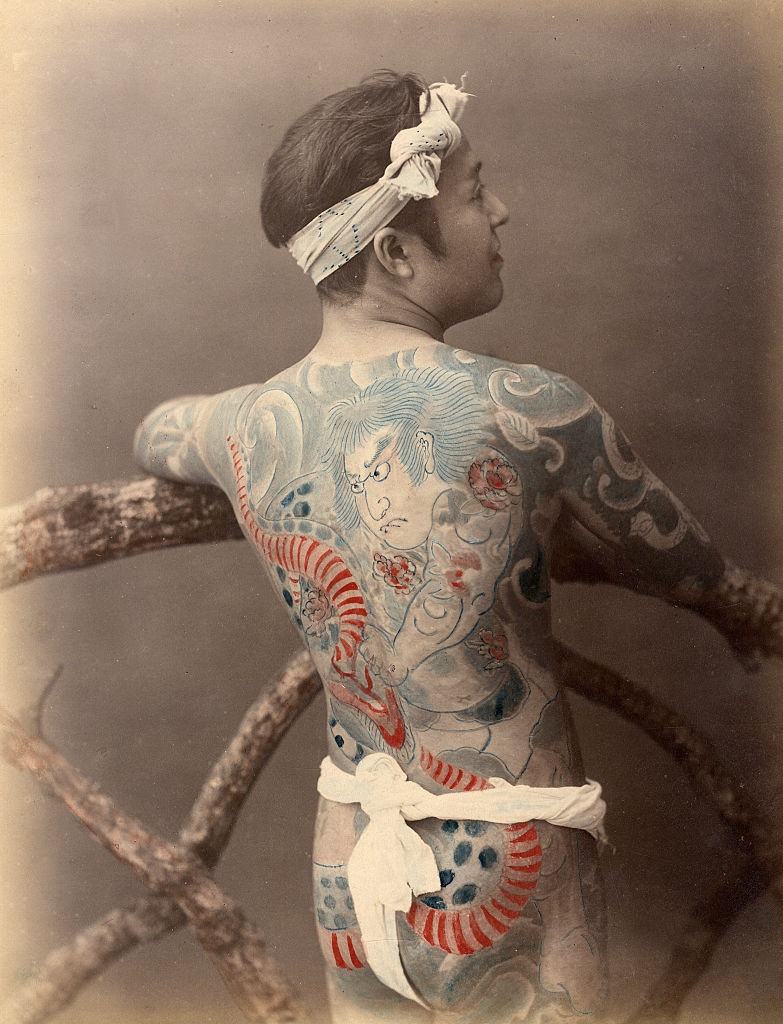
#13 Woman getting tattoo from Tokumitsu Uchida, 1900
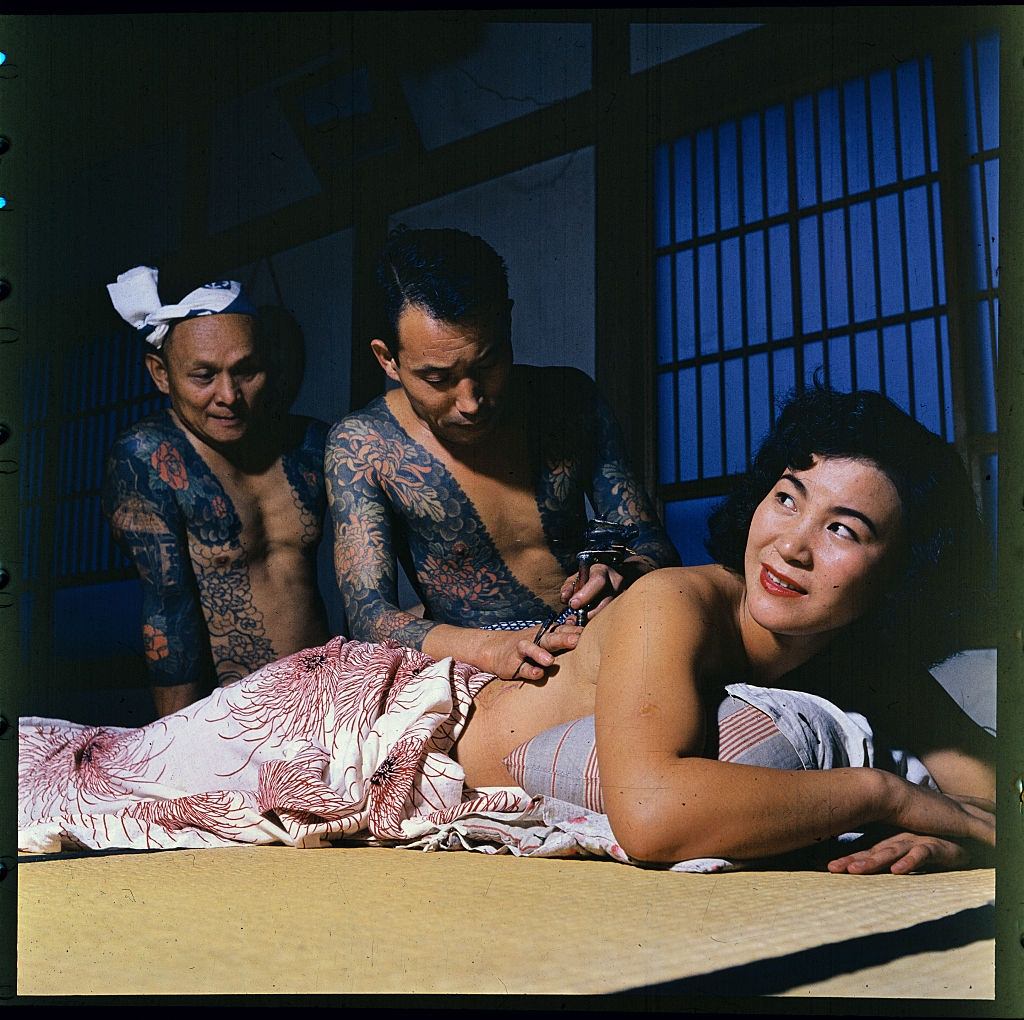
#14 An elaborately tattooed Japanese man, 1902
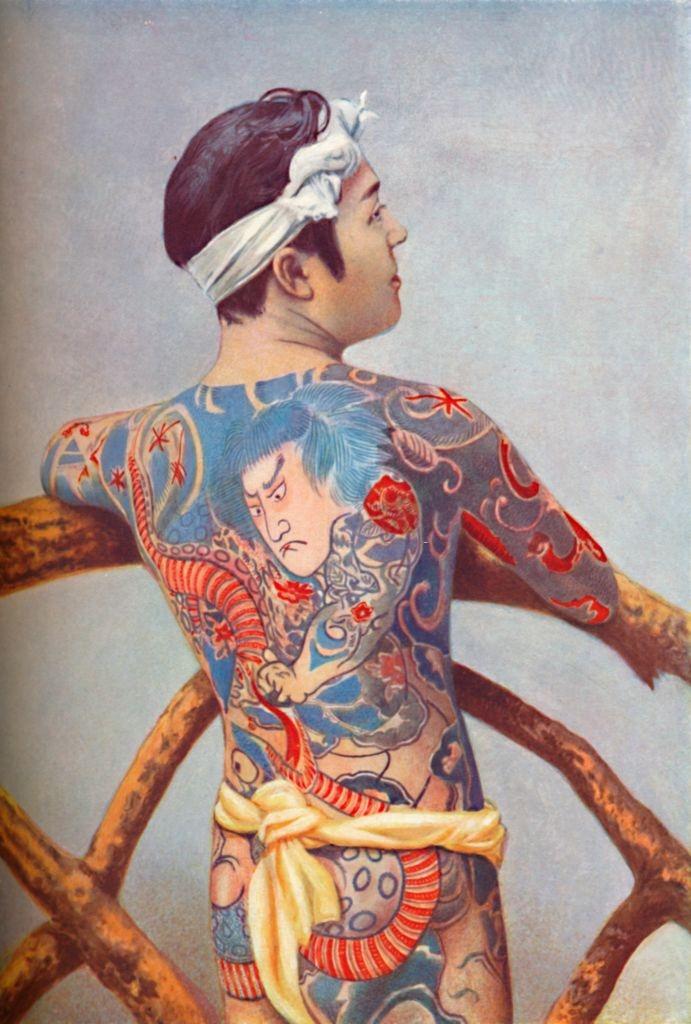
#15 nese gamblers showing their traditional tattoos which reach from shoulder to foot, 1940s
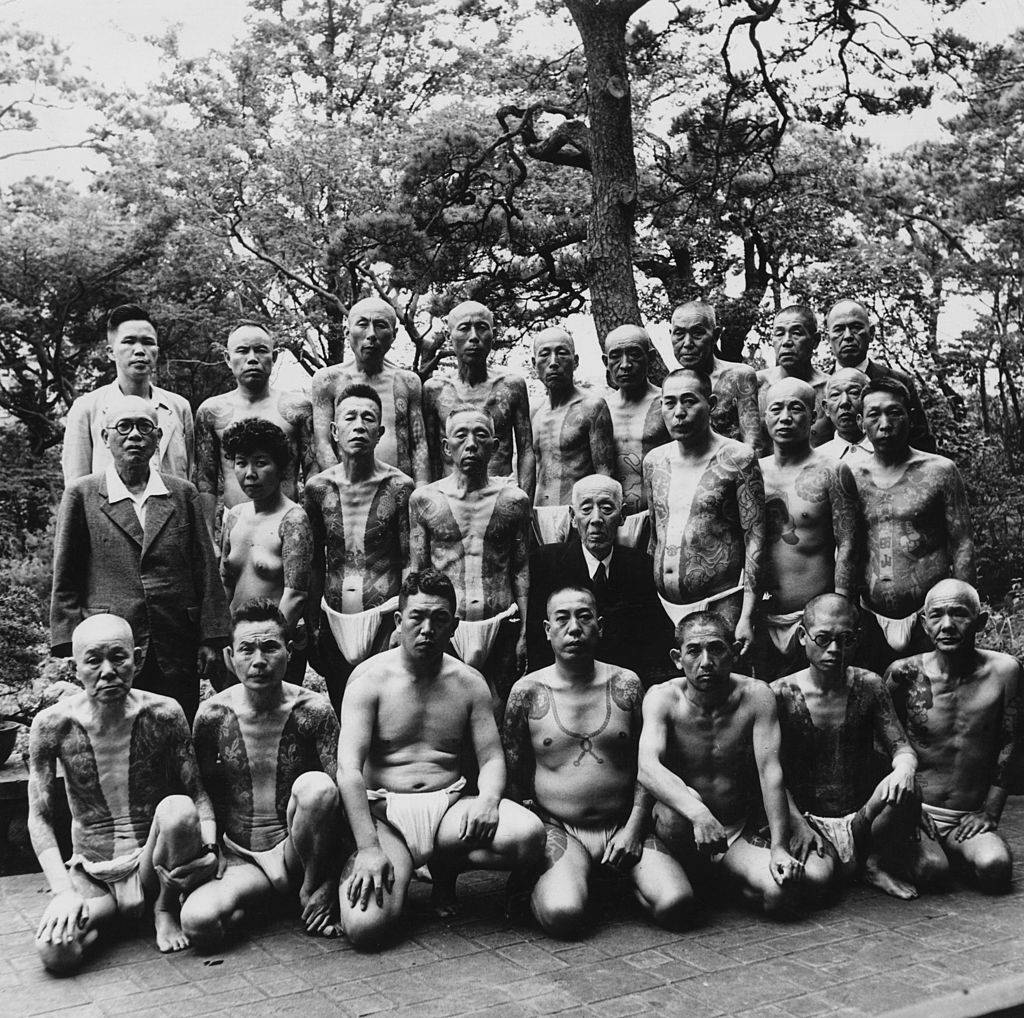
#16 Japanese artist Tattooing the women, 1946
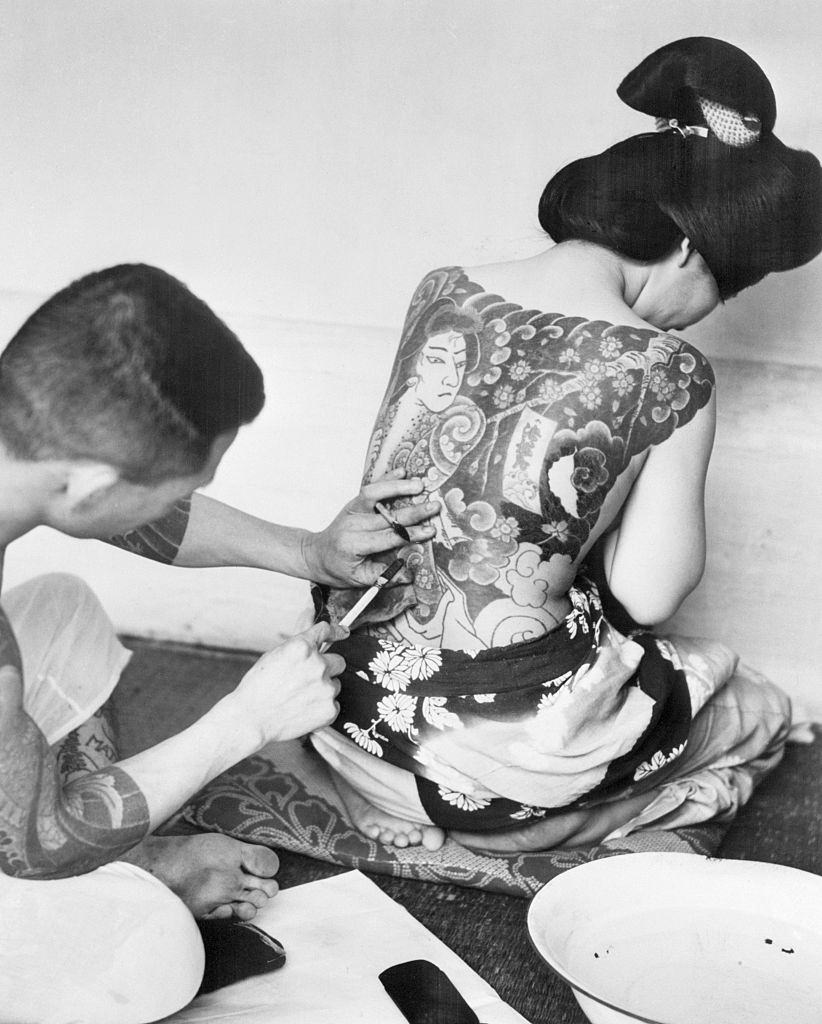
#17 Tattoo representing God of Sun, Fire and Water on back of Japanese gambler, 1946
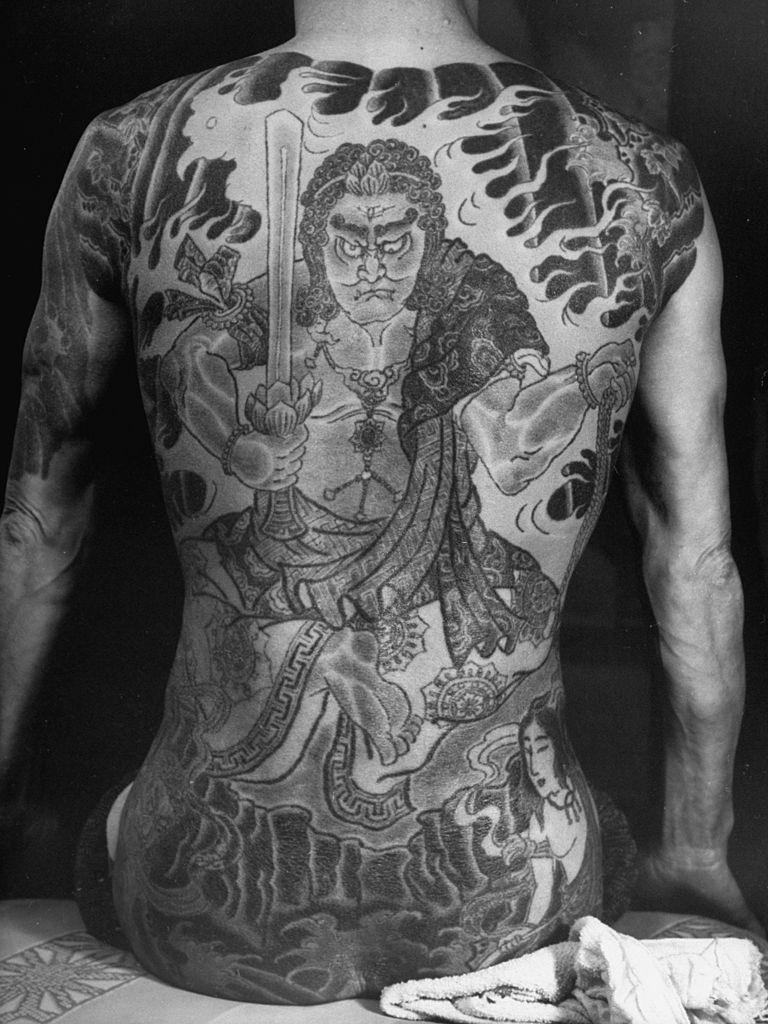
#18 Japanese tattoo artist, Tokumitsu Uchida tattooing back of a woman, 1955
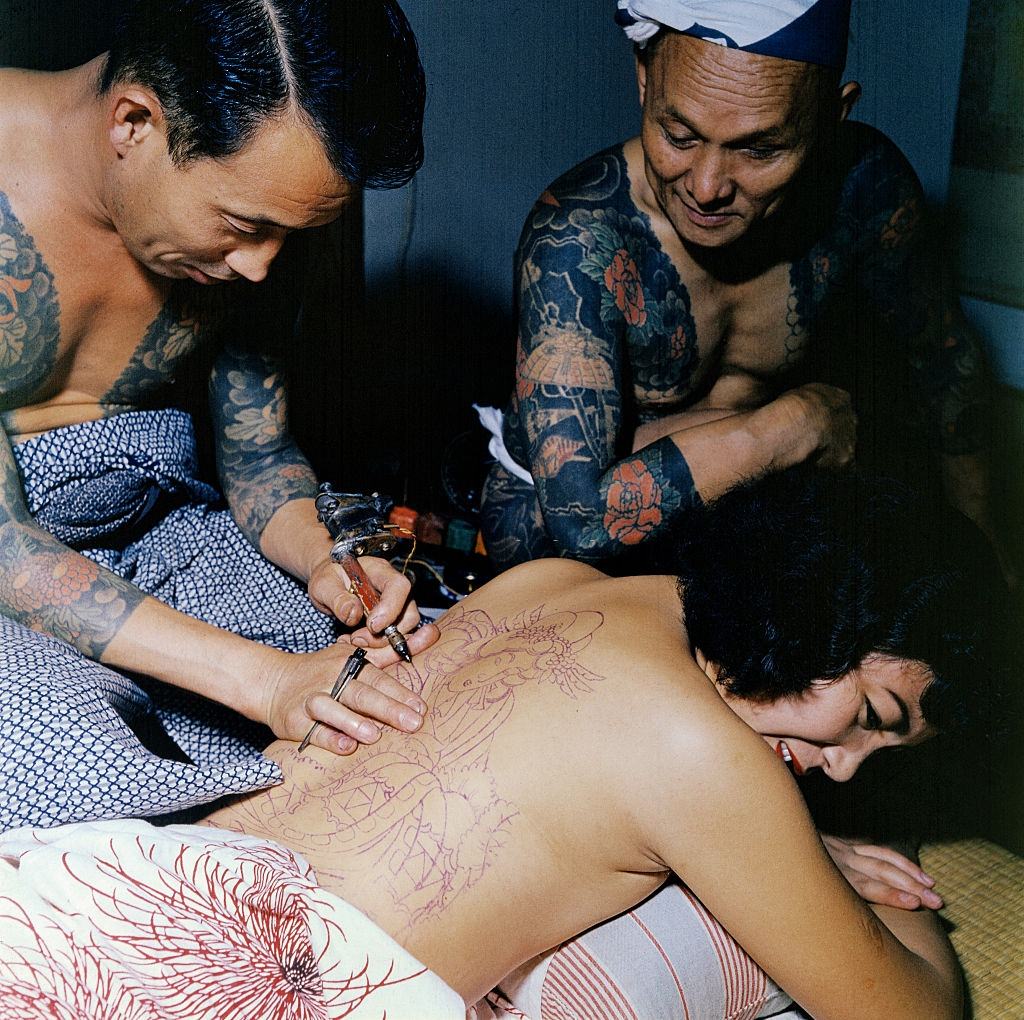
#19 Japanese tattoo artist, Tokumitsu Uchida proudly displaying tattoo markings made by his father, Goro Uchida, who is considered the greatest of them all, 1955
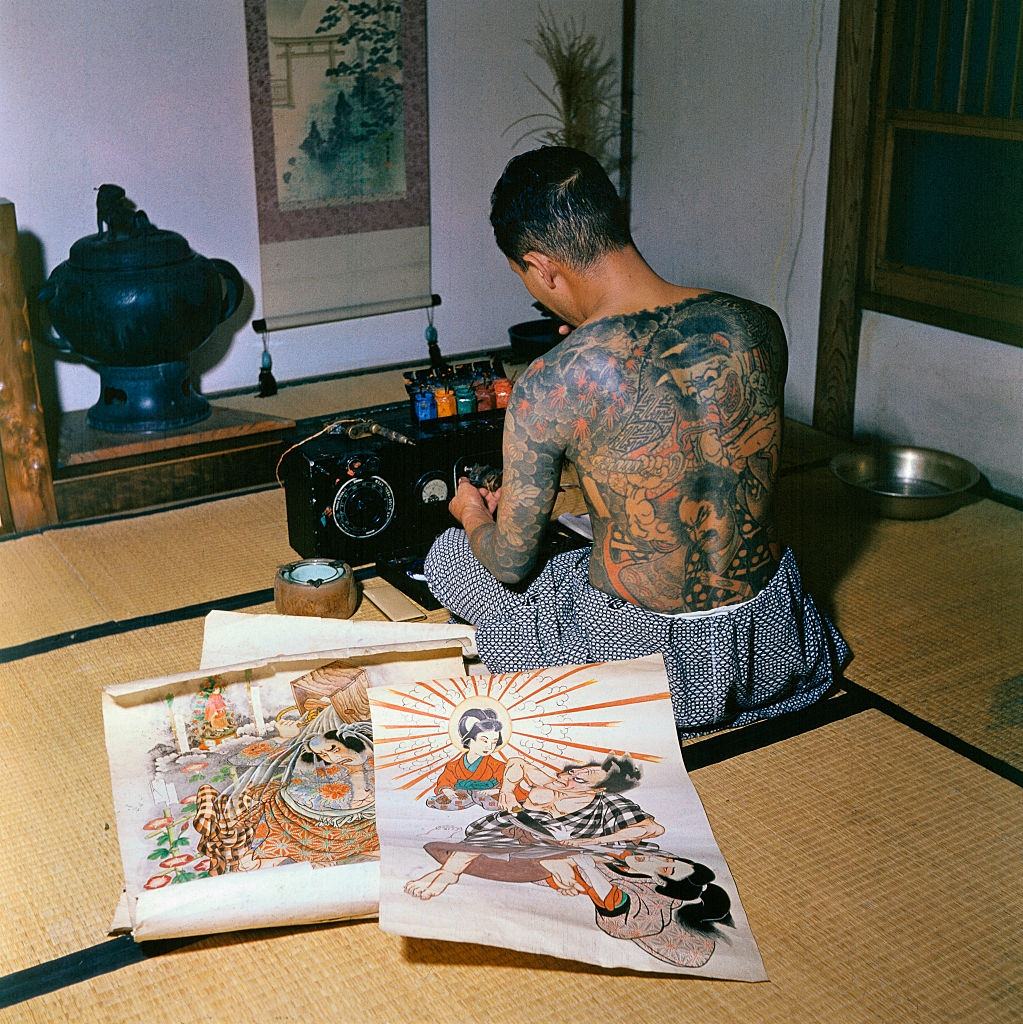
#20 A group of heavily tattooed men, Japan, 1955
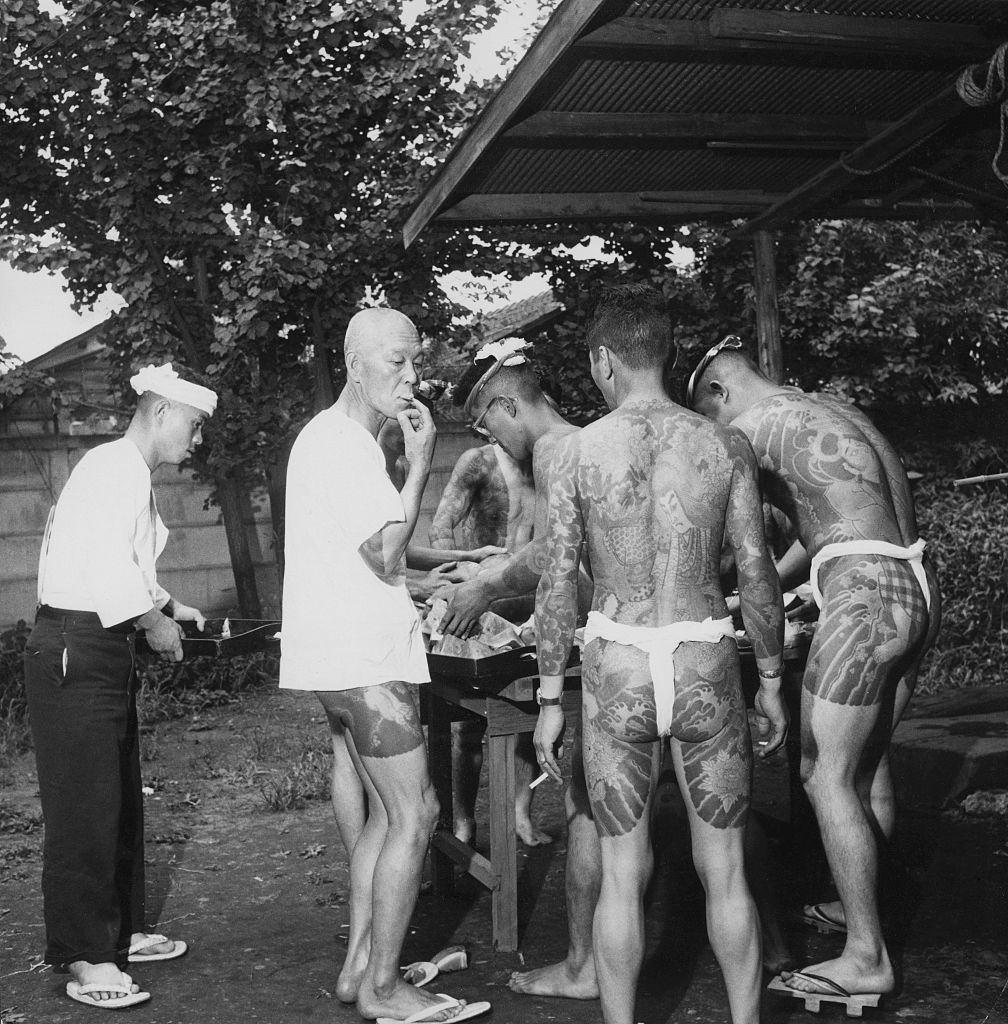
#21 Japanese tattoo artist, Tokumitsu Uchida, with water brush, transferring picture chosen by customer as first step in tattooing design, 1955
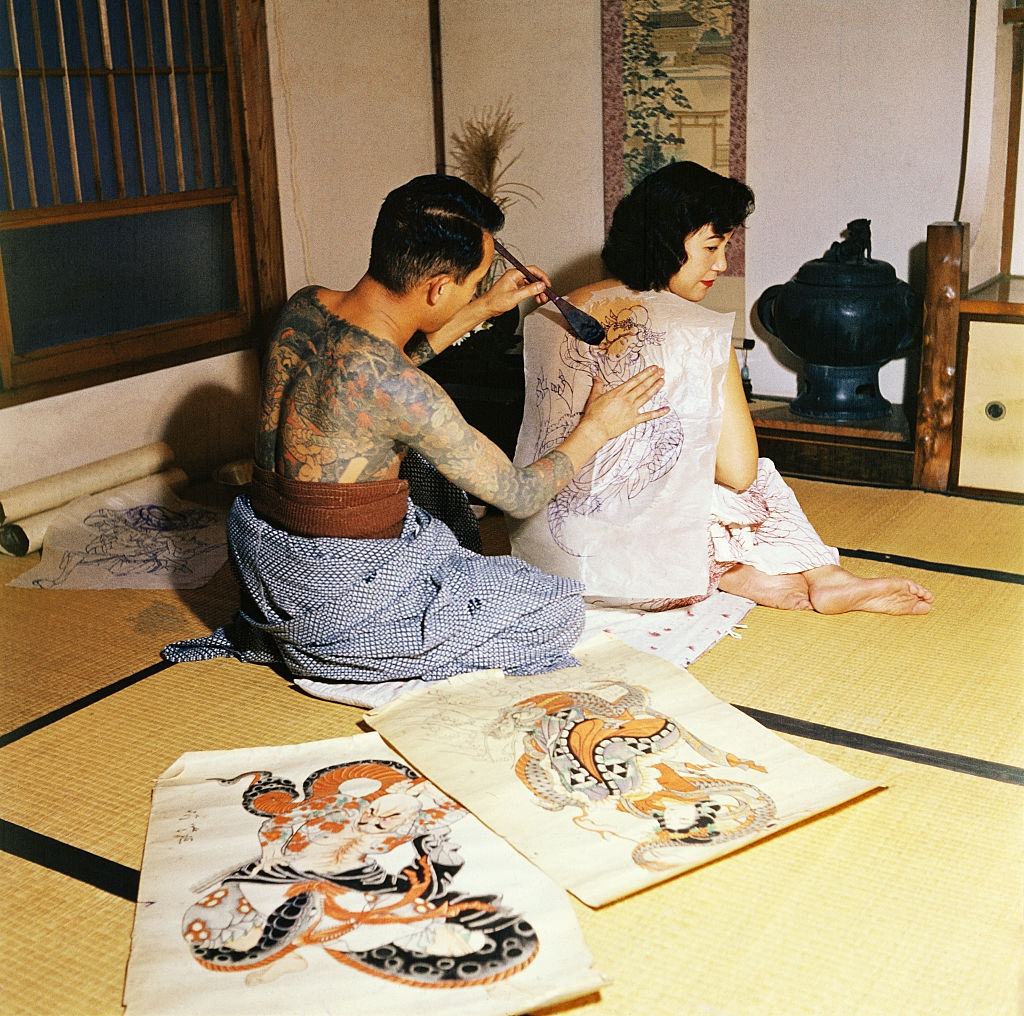
#22 A young boy admires the tattoos on the backs of Japanese men at a rally held for tattooists and their clients to show off their ‘designer’ bodies, 1958
